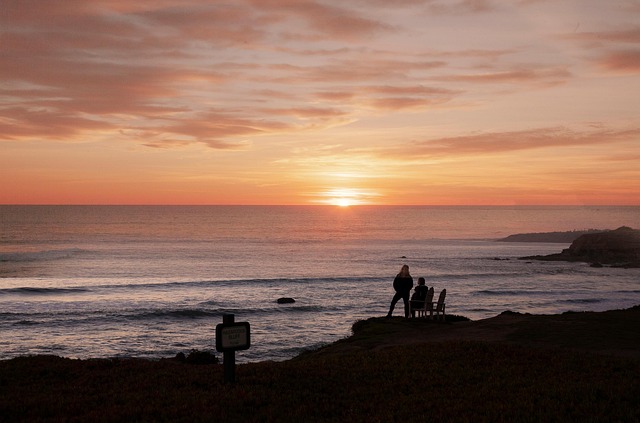
The Pacific Plate Boundary
The Pacific Plate, the largest tectonic plate on Earth, is like that one friend who can't sit still at a party, constantly shifting and moving, causing a bit of chaos everywhere they go. Spanning across the Pacific Ocean, this plate is the life of the geological party, interacting with several other plates and creating some of the most fascinating (and sometimes frightening) geological features on our planet.
The Transform Boundary: San Andreas Fault
One of the most famous boundaries associated with the Pacific Plate is the San Andreas Fault. Located on the eastern side of the Pacific Plate, this transform boundary is where the Pacific Plate slides past the North American Plate. Think of it as two cars trying to pass each other on a narrow road—there’s bound to be some honking and maybe a fender bender or two. This fault is notorious for its seismic activity, and you might want to keep your earthquake preparedness kit handy if you’re in California! 🌍
Divergent Boundaries: East Pacific Rise
On the southeastern side, the Pacific Plate meets the Cocos Plate, forming the East Pacific Rise. This divergent boundary is where new oceanic crust is created as the plates move apart. It’s like a conveyor belt of fresh pizza crust rolling out—delicious, but don’t forget to keep your distance from the oven! As the molten rock rises, it cools and forms new land, making this area a hotspot for underwater volcanism and a unique ecosystem.
Convergent Boundaries: The Mariana Trench
Now, let’s dive deep (literally) into the convergent boundaries. The Pacific Plate is also involved in subduction zones, where it dives under the Philippine Sea Plate, creating the Mariana Trench. This trench is the deepest part of the world's oceans, and if you ever feel like your problems are weighing you down, just remember: they’re not as deep as the Mariana Trench! 😅
Complex Interactions: Tonga and Kermadec Trenches
As if that wasn't enough, the Pacific Plate has a complex relationship with the Indo-Australian Plate, leading to the formation of the Tonga Trench and the Kermadec Trench. These areas are prime examples of the dramatic interactions between tectonic plates. If you think your relationships are complicated, try explaining subduction zones to your friends at dinner!
Conclusion
The Pacific Plate is a dynamic and crucial player in Earth’s geology, constantly reshaping our planet. From the San Andreas Fault to the depths of the Mariana Trench, its boundaries tell a story of movement, change, and the occasional seismic drama. So, the next time you feel the ground shake beneath your feet, just remember: it's the Pacific Plate doing its thing, and you’re just along for the ride!


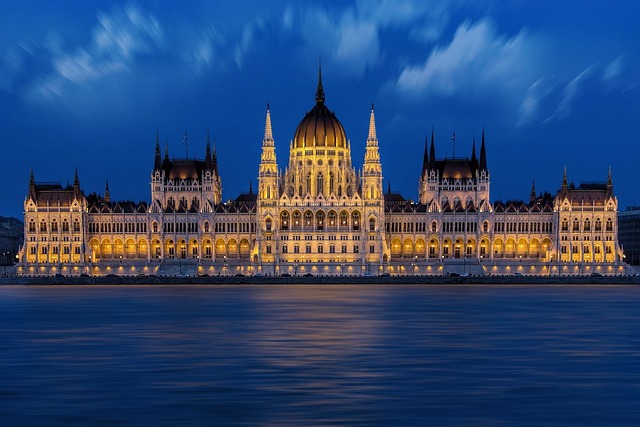








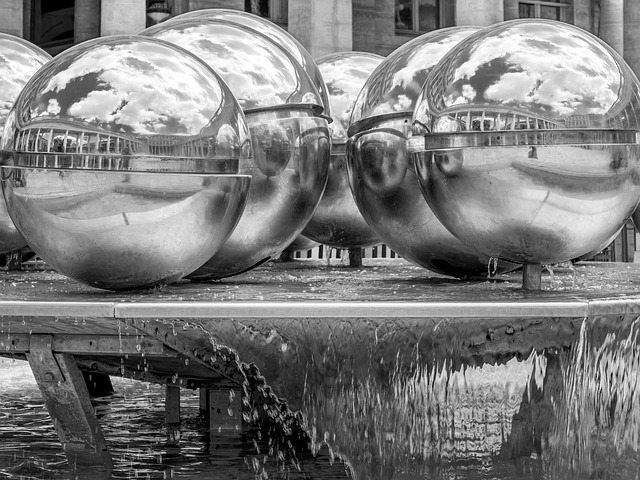


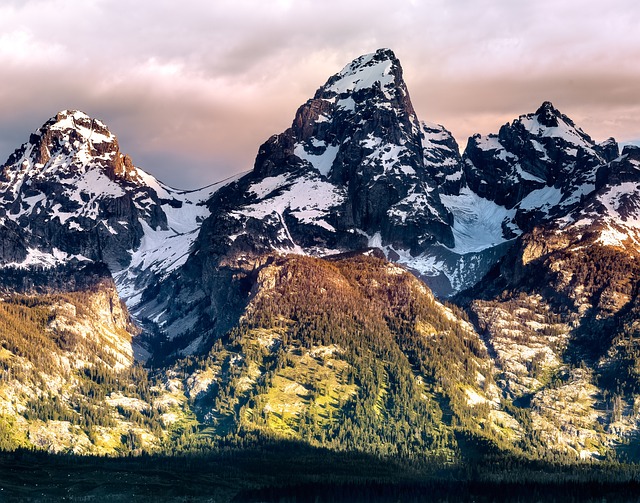
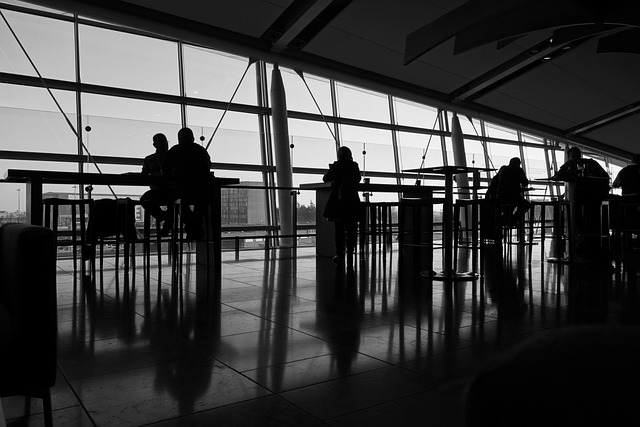

 The Heartbeat of Sports: BBC Sport
The Heartbeat of Sports: BBC Sport 
 Health
Health  Fitness
Fitness  Lifestyle
Lifestyle  Tech
Tech  Travel
Travel  Food
Food  Education
Education  Parenting
Parenting  Career & Work
Career & Work  Hobbies
Hobbies  Wellness
Wellness  Beauty
Beauty  Cars
Cars  Art
Art  Science
Science  Culture
Culture  Books
Books  Music
Music  Movies
Movies  Gaming
Gaming  Sports
Sports  Nature
Nature  Home & Garden
Home & Garden  Business & Finance
Business & Finance  Relationships
Relationships  Pets
Pets  Shopping
Shopping  Mindset & Inspiration
Mindset & Inspiration  Environment
Environment  Gadgets
Gadgets  Politics
Politics 